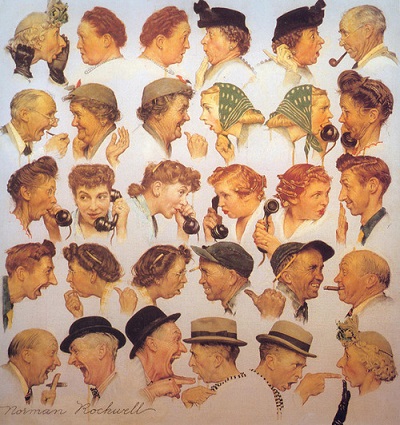|
Ever play that game as a kid where you whisper something in the next kid’s ear, and she whispers it to the next kid, and on down the line? When the first and last kids’ renditions of what was whispered are compared, they’re vastly different. Part of the reason for this is that when whispering from ear to ear no visual cues as to the message’s content are present. There’s a reason that the world’s leading language learning systems use visual images to facilitate learning. It’s the same reason that individuals who move to a foreign country can quickly acquire the new language. Visual cues inform the brain in a way that words alone cannot. Words and images are intimately linked within the human brain. If only words are employed, perceptions are bound to be less than exact between individuals. This can present a problem in the courtroom, when the precision of received messages is of the most crucial importance. How can attorneys address this problem to produce a message which has the highest likelihood of being perceived identically by all jurors? By delivering their message through visual images. Studies show that when visual images are provided, perception between individuals is more uniform. Several weeks ago a two dimensional (2D) patent drawing was introduced in our blog series. Granted, it was a visual image, and yet a complete understanding of how the machine actually operated remained a mystery to most. Then we transformed that 2D image into an attention-grabbing 3D animation. By doing so, all gaps in understanding were closed. Sometimes, particularly with complex things, only a moving representation will provide the required clarity. Next week we’ll further examine how limitations in perception affect what goes on in the courtroom. In the meantime I invite you to ponder the impact of this statement, made by the country’s leading authority in the field of jury behavior and trial strategy, Dr. Donald E. Vinson: “Several studies on attention span indicate that even persons who are intensely interested in the topic at hand cannot maintain a high level of attention for more than 20 minutes.” ___________________________________________ |
Engineering Expert Witness Blog
Published by Philip J. O'Keefe, PE, MLE




